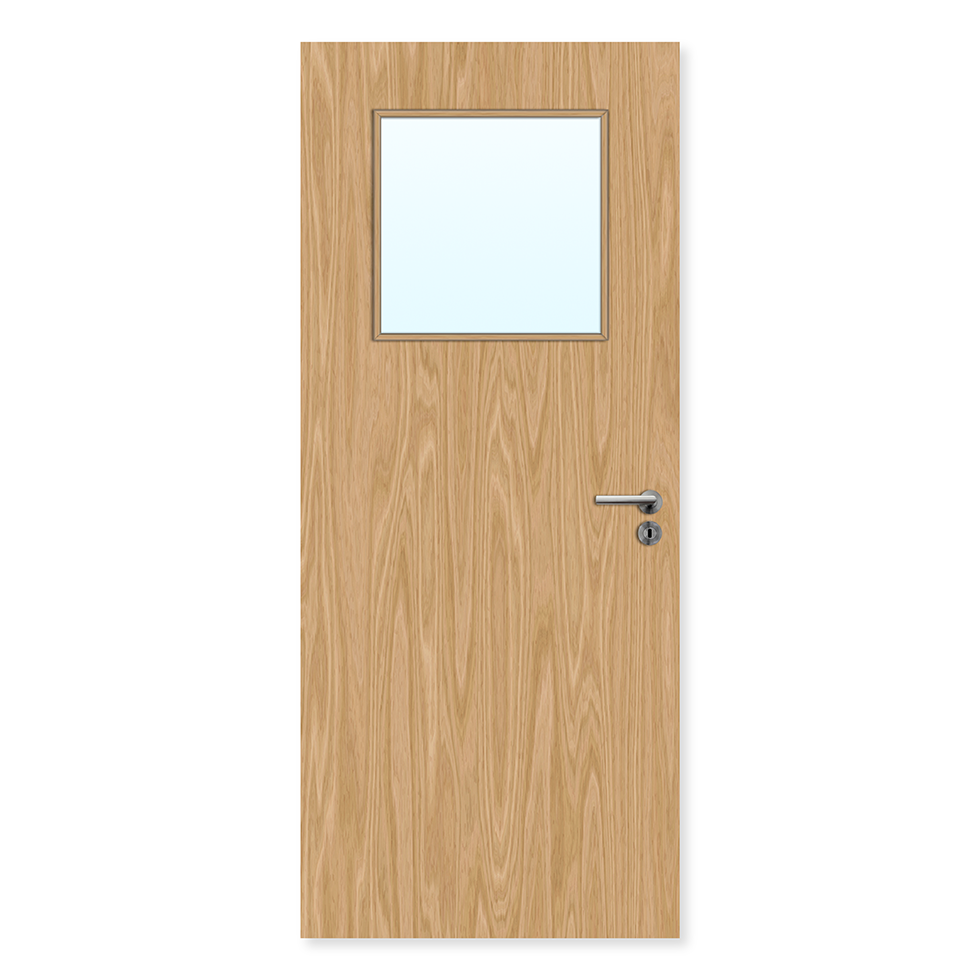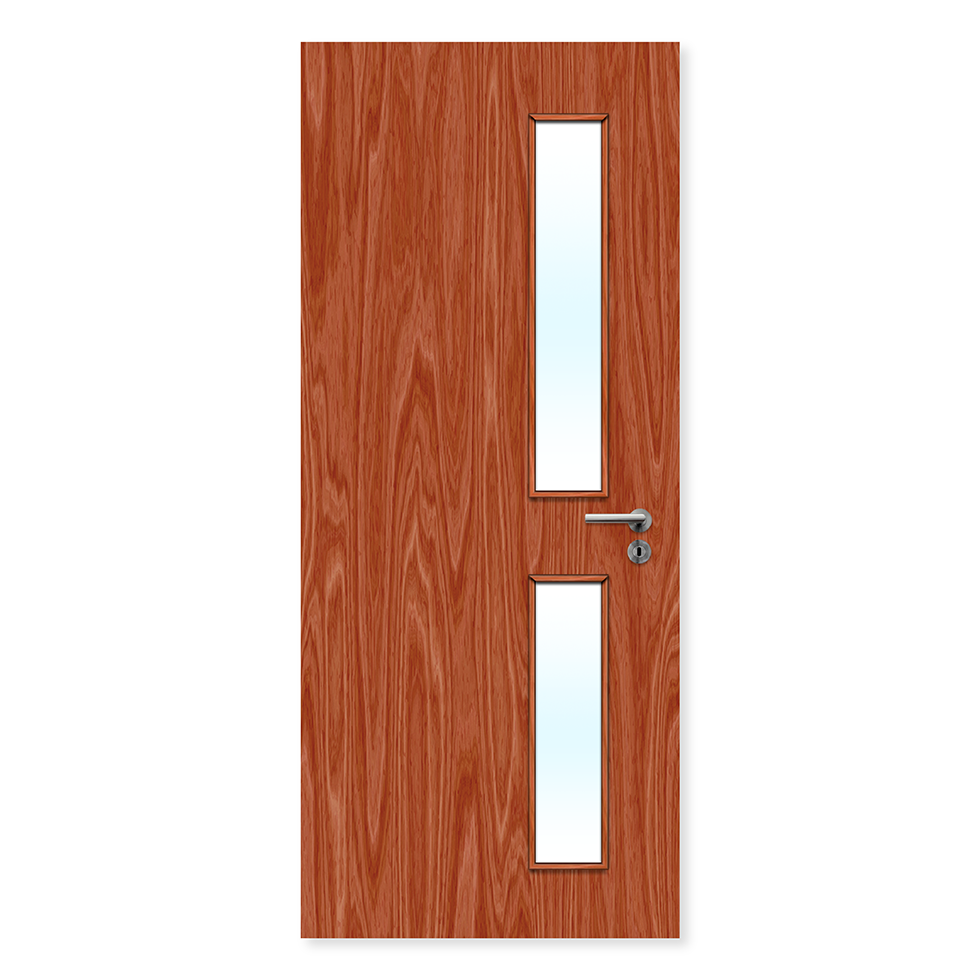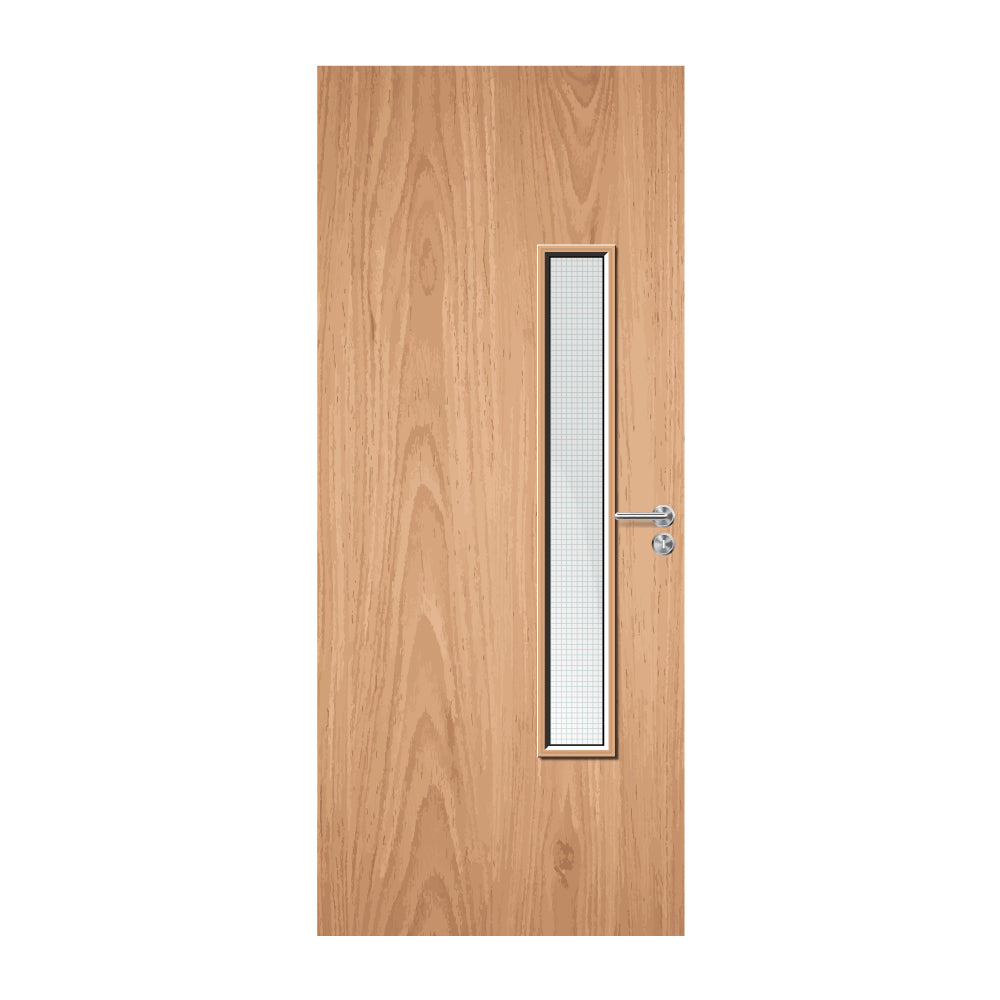Outstanding
Customer Service Second to None
3rd Party Certification
In short: No — for manufacturers of fire doors in the UK, obtaining third-party certification/accreditation is not in itself a legally mandated requirement under the Building Regulations. However, the manufacturer must still provide proof that the door assembly meets the required fire-resistance standard (via appropriate testing of the full door set) and that it is manufactured to that design.
✅ What is required by the regulations
-
Under Approved Document B (England) the built-in fire resisting doors must achieve the appropriate fire resistance rating. The regulation states the door assembly must have been tested (for example under BS 476‑22 or BS EN 1634‑1) and the construction used must be representative of the test. British Woodworking Federation+1
-
The manufacturer must demonstrate that the fire door will perform to the required fire‐resistance period (i.e., be suitable for purpose). British Woodworking Federation+1
-
Regulatory guidance such as Building Bulletin 100 (for schools) states that third-party certification schemes are encouraged, but explicitly says they are not mandatory. Consultation Hub
❗ What third-party certification means and the implications
🔍 1. What “Third-Party” Means
-
A third-party is an independent certification body, not connected to the manufacturer or installer.
-
Their job is to objectively verify that the product performs as claimed.
-
Examples of third-party certification bodies in the UK and EU include:
-
BM TRADA (Q-Mark)
-
Certifire (Warringtonfire)
-
BSI Kitemark
-
IFC Certification
🔥 2. What They Check
Third-party accreditation usually covers:
-
Fire resistance testing (e.g., 30, 60, or 120 minutes fire rating)
-
Smoke control (if applicable)
-
Door assembly integrity (door leaf, frame, seals, hinges, glazing, and ironmongery)
-
Manufacturing consistency (they audit factories to make sure every door is built the same way as the tested one)
-
Installation and maintenance quality
🧾 3. Why It Matters
-
Assurance of performance: You know the door has been independently tested and proven to perform in a fire.
-
Legal compliance: Helps ensure compliance with building regulations (e.g., Approved Document B in the UK).
-
Traceability: Certified doors have a label or plug with a unique ID you can check against a certification database.
-
Reduced liability: Building owners, specifiers, and contractors have documented proof that the door meets standards.
🚪 4. Without Third-Party Accreditation
If a fire door isn’t third-party certified:
-
You’re relying solely on the manufacturer’s claim.
-
There’s no independent verification that it will perform as required in a fire.
-
It can be harder to prove compliance to building control or insurers.
✅ Example
A door with a Certifire label might read:
Certifire Approved CF1234 – FD60S – Installed per manufacturer’s instructions.
That tells you it’s been:
-
Tested for 60 minutes (FD60)
-
Smoke-sealed (S)
-
Certified by an independent body (Certifire)
-
Third-party certification (or accreditation) means that an independent body audits the manufacturer’s processes, ensures regular testing, traceability of components, labelling, and consistent production. Firedoor Alliance+2Firedoor Alliance+2
-
Organisations like British Woodworking Federation Fire Door Alliance (BWF FDA) advise that third-party certification should be the minimum requirement for fire doors and doorsets, because it provides greater assurance of performance and traceability. British Woodworking Federation+1
-
But crucially, the BWF have stated in survey/research that:
“Despite this, there is still no mandatory requirement under Building Regulations for the use of third‐party certified fire doors…” probuildermag.co.uk+1
🎯 What this means for manufacturers
-
A fire door manufacturer must ensure that their door assembly has been tested in accordance with the relevant standard (BS or EN) for the rating claimed, and that the manufactured product corresponds to that test configuration (material, size, hardware, frame etc).
-
The manufacturer must keep appropriate records and ensure that the product as supplied is capable of meeting the intended fire resistance; but they do not legally have to engage a third‐party certification scheme.
-
If they do use a third-party certification scheme, it gives stronger evidence of compliance and traceability (which is helpful for building owners, specifiers, insurers).
-
If a manufacturer supplies doors without third‐party certification, they still must provide evidence/test report of the door’s fire resistance and show that the supplied product matches the tested/configured product.
🔍 Why third-party certification is strongly recommended
-
It offers ongoing auditing of the manufacturing process, not just a one‐off test. Firedoor Alliance
-
It ensures traceability of doors through the supply chain (important in case of fire investigations, liability issues). Firedoor Alliance+1
-
The regulatory environment is becoming more demanding (e.g., shifting to EN standards, higher scrutiny) and so specifying/certifying third-party certified fire doors gives risk mitigation.
-
Some insurers or clients may effectively treat third-party certification as a de facto requirement, even if it isn’t strictly required by the Building Regulations.






